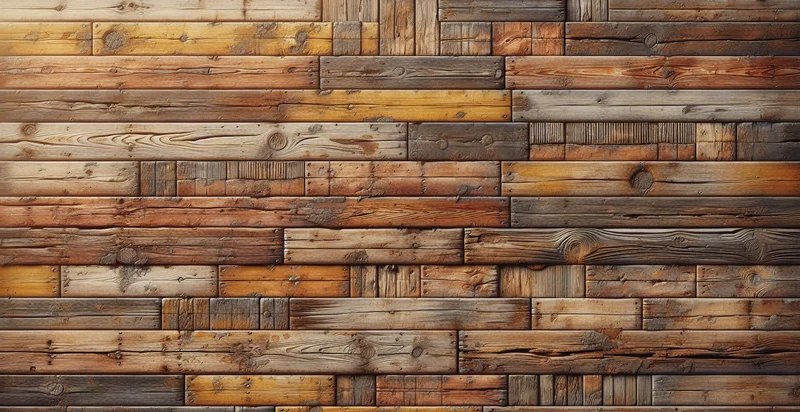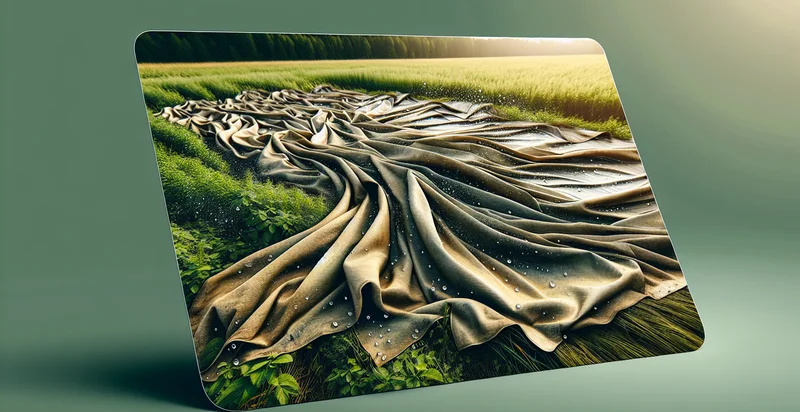Identify weathered vs protected
using AI
Below is a free classifier to identify weathered vs protected. Just upload your image, and our AI will predict if the surface is weathered or protected. - in just seconds.

Contact us for API access
Or, use Nyckel to build highly-accurate custom classifiers in just minutes. No PhD required.
Get started
import nyckel
credentials = nyckel.Credentials("YOUR_CLIENT_ID", "YOUR_CLIENT_SECRET")
nyckel.invoke("weathered-vs-protected", "your_image_url", credentials)
fetch('https://www.nyckel.com/v1/functions/weathered-vs-protected/invoke', {
method: 'POST',
headers: {
'Authorization': 'Bearer ' + 'YOUR_BEARER_TOKEN',
'Content-Type': 'application/json',
},
body: JSON.stringify(
{"data": "your_image_url"}
)
})
.then(response => response.json())
.then(data => console.log(data));
curl -X POST \
-H "Content-Type: application/json" \
-H "Authorization: Bearer YOUR_BEARER_TOKEN" \
-d '{"data": "your_image_url"}' \
https://www.nyckel.com/v1/functions/weathered-vs-protected/invoke
How this classifier works
To start, upload your image. Our AI tool will then predict if the surface is weathered or protected..
This pretrained image model uses a Nyckel-created dataset and has 2 labels, including Protected and Weathered.
We'll also show a confidence score (the higher the number, the more confident the AI model is around if the surface is weathered or protected.).
Whether you're just curious or building weathered vs protected detection into your application, we hope our classifier proves helpful.
Related Classifiers
Need to identify weathered vs protected at scale?
Get API or Zapier access to this classifier for free. It's perfect for:
- Infrastructure Assessment: This use case involves identifying weathered versus protected surfaces on buildings and infrastructure. By analyzing wear and tear, maintenance teams can prioritize repairs and upkeep initiatives, potentially saving costs and extending the lifespan of assets.
- Product Quality Control: In manufacturing, this function can be integrated into quality control processes to assess whether products, such as coatings or paints, are weathered or protected after exposure to environmental conditions. This ensures that products meet quality standards before reaching the market.
- Agricultural Monitoring: Farmers can use this classification function to determine the condition of protective coverings on crops, such as tarps or netting. By ensuring these materials are functioning properly, farmers can better protect their crops from weather-related damages, ultimately leading to improved yields.
- Insurance Claims Processing: Insurance companies can use the 'weathered vs protected' identifier to evaluate claims related to property damage from environmental factors. By quickly and accurately classifying the conditions of items, insurers can make timely decisions on claims, improving customer satisfaction.
- Retail Product Selection: In the retail sector, businesses can utilize this function to assist customers in choosing weather-resistant outdoor products. By providing insights into materials that are either protected or weathered, retailers can improve customer education and satisfaction.
- Urban Planning and Development: City planners can use this classification to evaluate existing urban structures and public spaces for wear caused by environmental conditions. This information helps in prioritizing renovations and the application of protective treatments, ultimately leading to longer-lasting public infrastructure.
- Environmental Impact Studies: Environmental scientists can apply the identifier to study the effects of weathering on protected ecosystems. By analyzing the differences in health and protection amongst various habitats, researchers can make data-driven recommendations for conservation efforts and policy changes.


